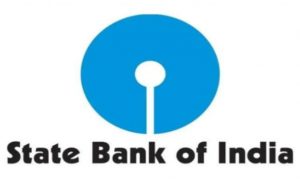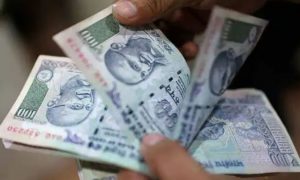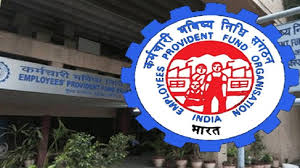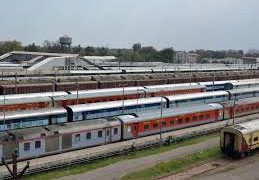- The reliability of FDs is appealing to seniors as they generally have a lower risk tolerance and prioritise capital preservation over high returns.
- Senior citizens usually get a slightly higher interest in FDs.
- FDs can help senior citizens effectively manage liquidity as well as interest rate risk.
Senior citizens often prefer investing in fixed deposits (FDs) due to the safety and stability these instruments offer. FDs provide a secure investment avenue with a guaranteed return on the principal amount, making them a low-risk option, especially for retirees seeking steady income streams.
The reliability of FDs is appealing to seniors as they generally have a lower risk tolerance and prioritise capital preservation over high returns.
Read More: Atal Pension Yojana: Invest only Rs 7/day and get Rs 5K pension every month, know calculations
The ease of FD investment, with options for short or long-term deposits, aligns well with the financial planning needs of seniors, providing them with a sense of financial security and a dependable source of income during retirement.
Between May 2022 and February 2023, the Reserve Bank of India (RBI) raised the repo rate by a cumulative 2.5%. This significant increase was a major driver of higher FD rates throughout 2023. Even though the RBI has maintained status quo henceforth, FD rates continue to remain on the higher side, thus making them attractive.
“Senior citizens usually get 50 to 100 bps more interest than the general public by investing in fixed deposits. But the interest income is taxable at the hands of investors if the tenure is less than 5 years,” says Abhishek Kumar, founder and chief investment advisor at SahajMoney, a financial planning firm.
Sr Citizen FD rates at a glance
| Bank Name | Less than 1 year | 1 year to 5 years | More than 5 years |
| SBI | 3.50% p.a. to 6.25% p.a. | 7.00% p.a. to 7.50% p.a. | 7.50% p.a. |
| Punjab National Bank | 4.00% p.a. to 6.75% p.a. | 7.25% p.a. to 7.75% p.a. | 7.30% p.a. |
| Bank of Baroda | 3.50% to 6.75% | 7.25% p.a. to 7.75% p.a. | 7.50% p.a. |
| HDFC Bank | 3.50% p.a. to 6.50% p.a. | 7.10% p.a. to 7.65% p.a. | 7.75% p.a. |
| Axis Bank | 3.50% p.a to 6.50% p.a | 7.20% p.a. to 7.60% p.a. | 7.75% |
Read More: Understand ULIP Investment to Balance Risk and Reward for Long-Term Growth
What to keep in mind
When investing in FDs, senior citizens need to take a few things into account.
When the rates are good, one can lock in some of their savings into FDs. “I advise senior citizens against locking all their disposable funds into FDs particularly of just one tenor,” says Akshar Shah, Founder, Fixed Invest, a digital marketplace of banks and NBFCs.
“Senior citizens can use FD laddering to effectively manage liquidity as well as interest rate risk where they divide their savings into FDs of different tenors across years,” he adds.
FD laddering involves diversifying FDs into multiple accounts with varying maturity dates. Instead of investing a lump sum in a single FD, individuals distribute their funds across different FDs maturing at different intervals—short-term, medium-term, and long-term.
As each FD reaches maturity, it can be reinvested or withdrawn as needed, providing regular access to funds while potentially benefiting from higher interest rates on longer-term deposits. This strategy offers liquidity, steady returns, and flexibility in managing financial goals.





































